Beam expansion or reduction is a common application requirement in most labs using lasers or light sources and optics. There are many ready-made beam expanders available on the market, but often they are not available in the required expansion ratio or spectral range. And, for students or those working within a tight budget, the plug and play solution may not be the answer.
Luckily, building a beam expander from off-the-shelf components is easily accomplished and can fit into most budgets. The quality of the output is dependent only on the input beam and the component optics used.
To create a beam expansion unit, it is important to know a few simple optical relationships, as well as what your input to output beam diameter ratio requirement is.
Simple beam expanders, sometimes referred to as telescopes, in their most basic forms generally consist of two lenses. The first lens should have a diameter larger than the maximum expected input diameter of the incoming light source. For example, if the diameter of the incoming beam is 10 mm, a 12 mm diameter lens will do a nice job with a little room to spare. The input beam is assumed to be collimated.
The diameter of the output lens should be larger than the desired exit beam diameter. For a 3x expansion ratio with a 10 mm maximum input beam diameter, an output lens of greater than 30mm in diameter is required. The useable diameter of a lens is usually specified at 90% of the actual lens diameter, a minimum lens diameter of 33.3 mm would be required. If you are using off-the-shelf lenses, this will translate to 38-50.8 mm in diameter.
The magnification of a 2-lens system is equal to the ratio of the focal lengths of the lenses, which is also equal to the ratio of the radii of curvatures of the lenses.
 Over 8,000 products in-stock! & FREE 2-Day shipping on all web orders!* Learn More FREE T-Shirt with orders $250+ Details
Over 8,000 products in-stock! & FREE 2-Day shipping on all web orders!* Learn More FREE T-Shirt with orders $250+ Details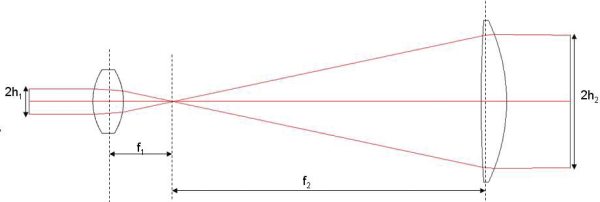
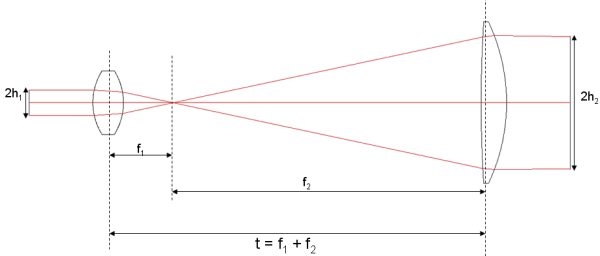
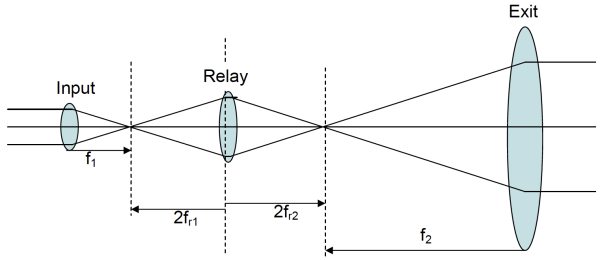
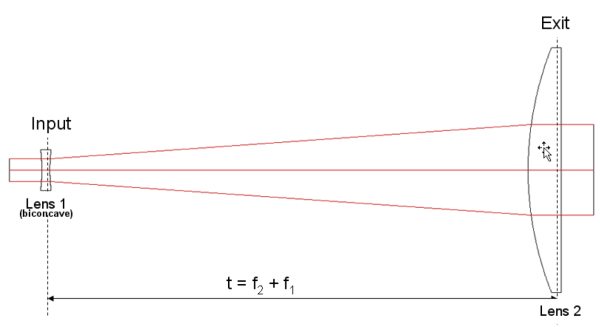


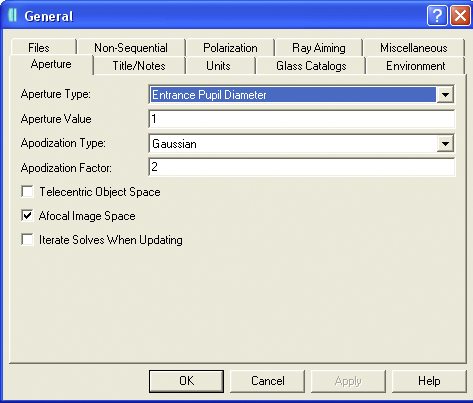
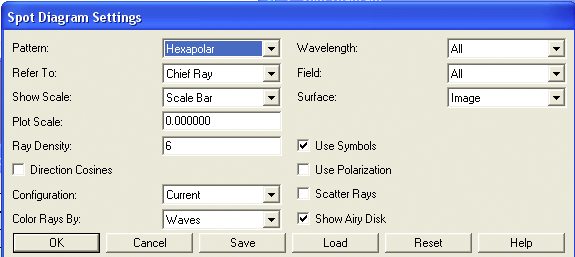
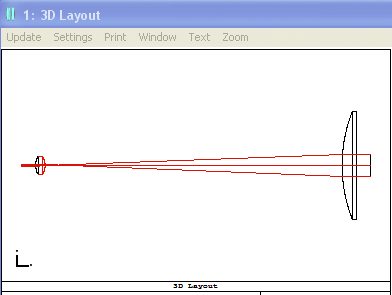
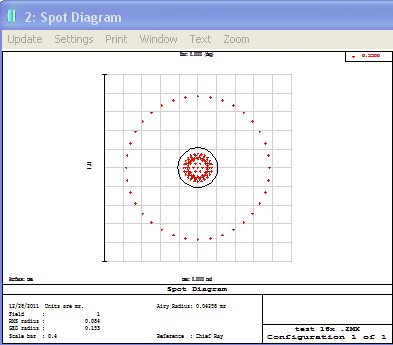
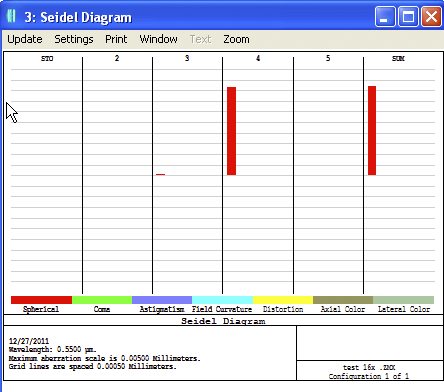
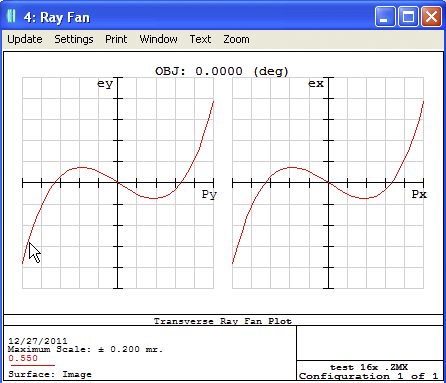
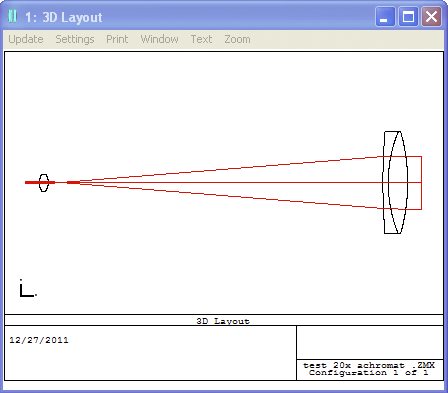
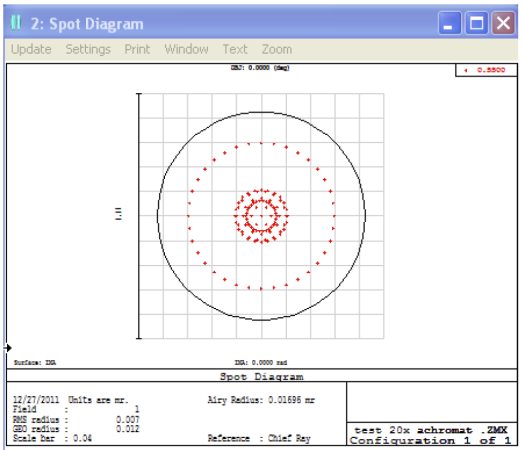
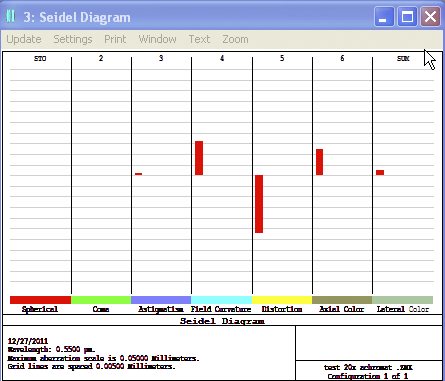
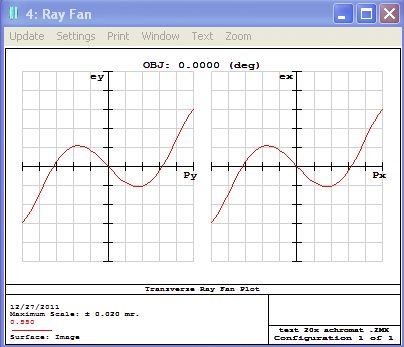
 Ultra-High Velocity
Ultra-High Velocity